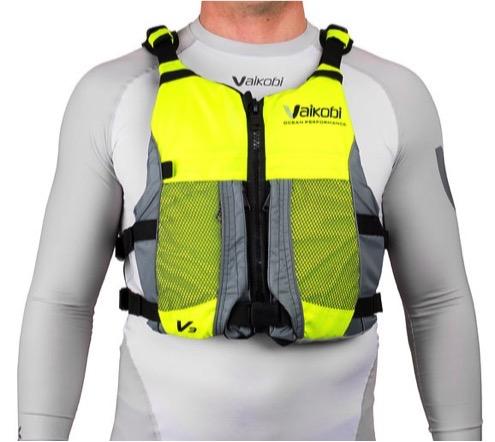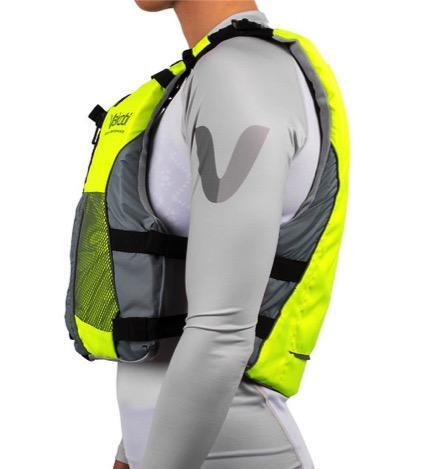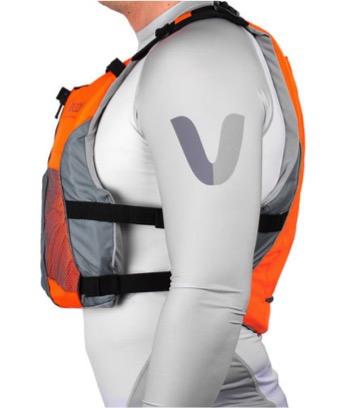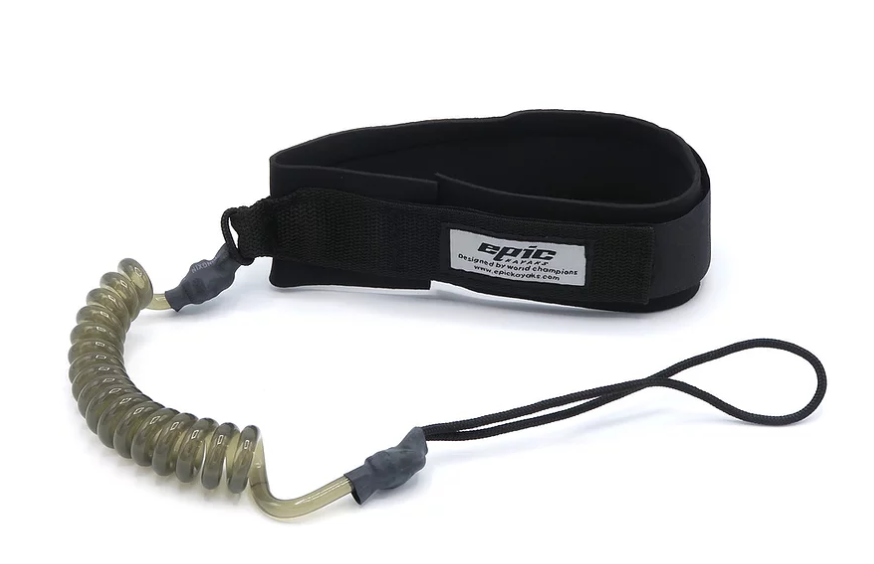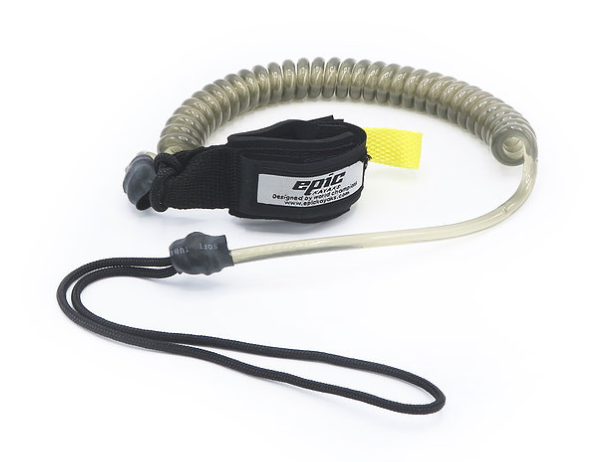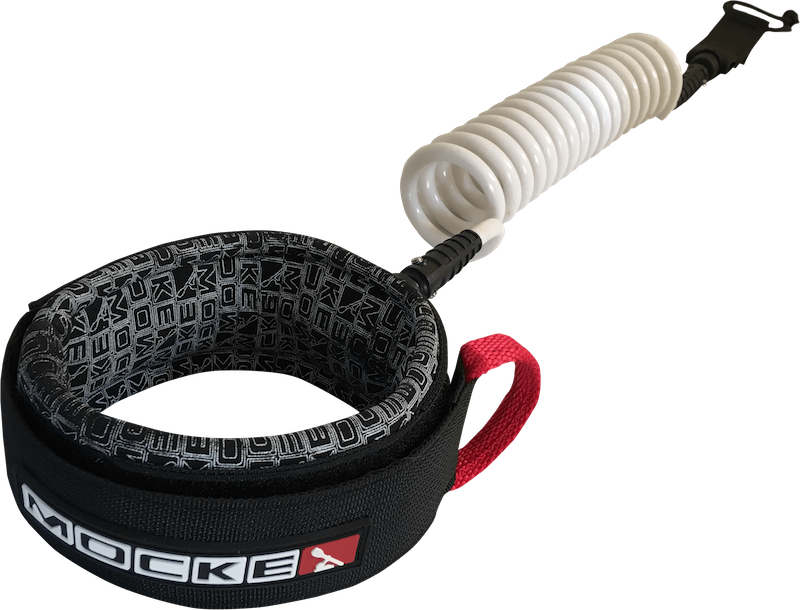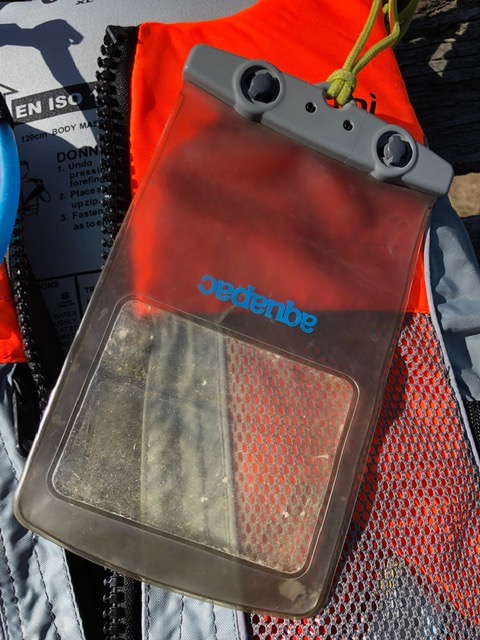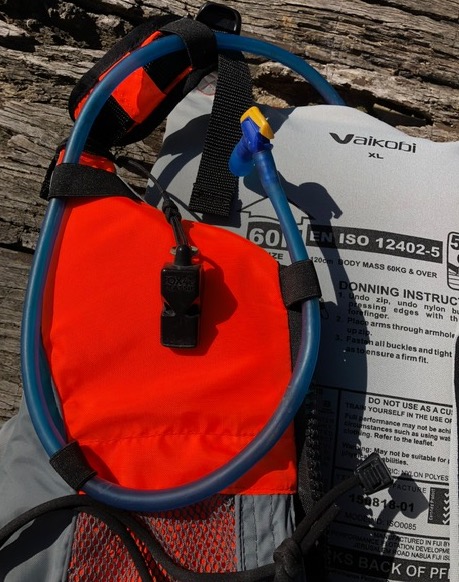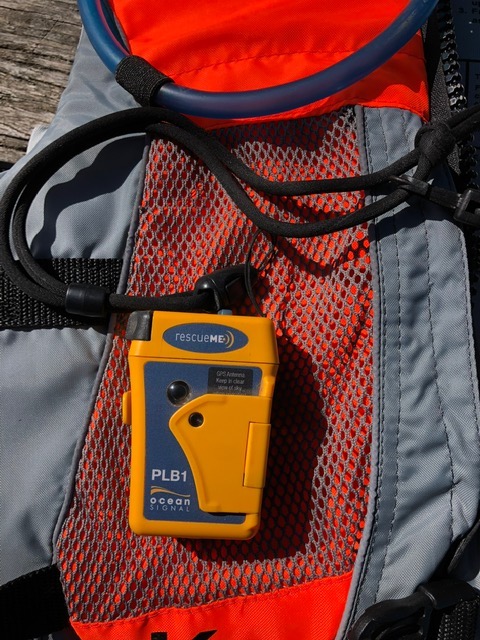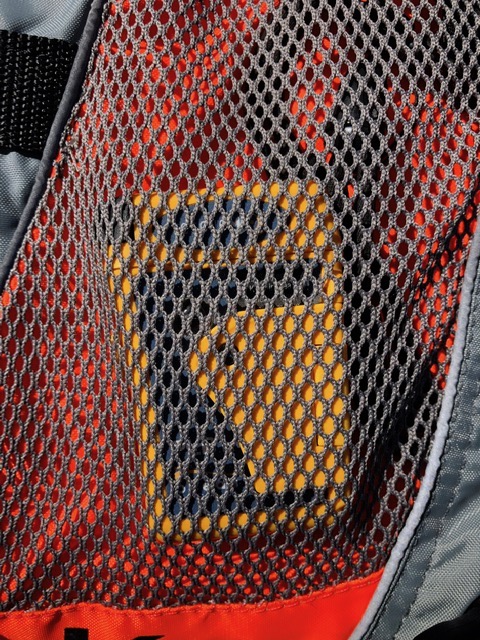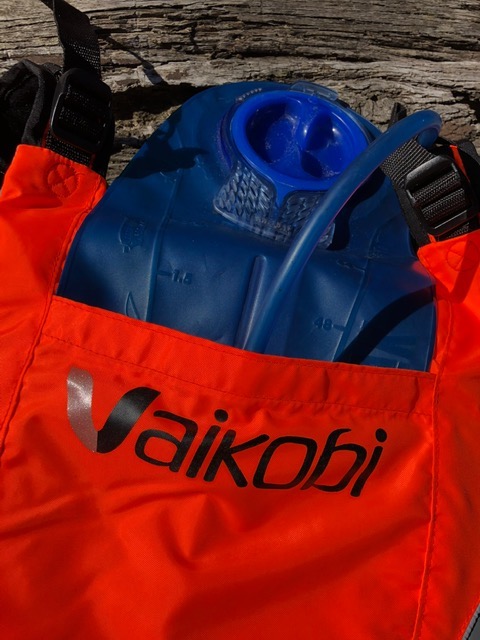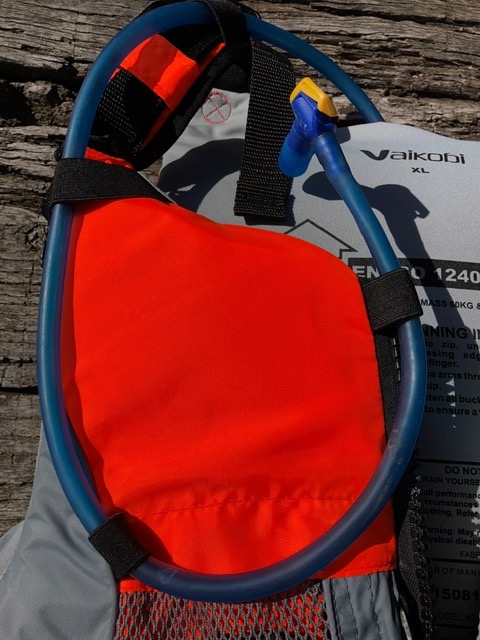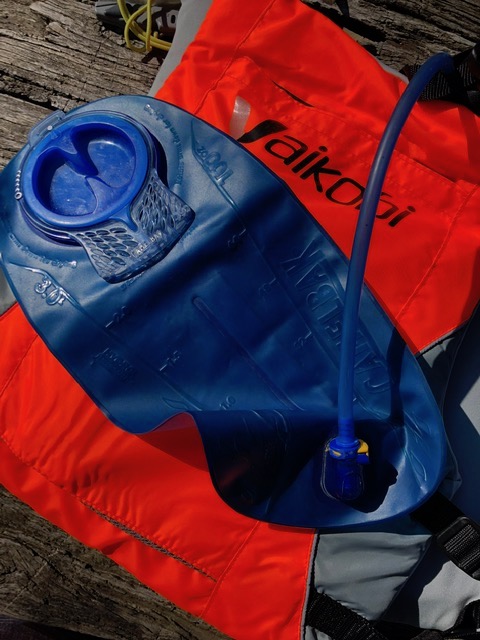The key to surf ski safety is understanding:
Weather Interpretation
Clothing
Basic Skills and Strokes
Self rescues
Safety Equipment - everyday gear you should be carrying - have it accessible and know how to use it
You should also let someone know where you are going and when you are expected back - "Let someone know before you go" and be able to raise the alarm in case of an emergency.
We recommend you gain training from a qualified Paddle Australia instructor.
Surf Ski Safety Bundle:
Vaikobi V3 Ocean Racing PFD - Orange/Grey or Fluoro Yellow/Grey
Epic Deluxe Leg Leash
RescueMe PLB1
Camelbak Crux 1.5L Reservoir
Aquapac waterproof phone case 348/358/368
Fox 40 Marine Classic Whistle with Lanyard
Follow the links for more information on each product. This safety gear is available to purchase as a Bundle at 10% Discount off Recommended Retail.
Personal Floatation Device
A Personal Floatation Device (PFD) is mandatory in most states of Australia and should be worn when you are out paddling.
The Vaikobi V3 Ocean Racer PFD is a good option for your ski paddling - it sits close to the body and is not bulky - won’t inhibit your paddling style. As a front-zipper fastening PFD it is easy to don and has a set of four adjustable straps to get a good fit.
The rear pocket is intended for a hydration bladder and tabs around the shoulder area hold the drinking tube in a useful position (flares will also fit in there). In the front there are mesh pockets to store bits and bobs and your Clif bars.
Leashes
Surf skis are generally easier to remount after a capsize, compared to some other craft, but most have few areas that can be used to grab hold, particularly on windy days when you craft can blow away faster than you can swim.
It is important to use a leash (calf or paddle) to keep in contact with your ski in the event of a capsize. When landing, particularly if there are waves / surf, disconnect from your leash to avoid possible entanglement.
Communications - keeping in touch and calling for help
It is advisable to have means of communication readily accessible, both to keep in touch with shore contacts (your shuttle!) and in case of an emergency.
In the first instance, a mobile phone in a waterproof case such as an Aquapac or Overboard phone case is a secure means of communicating. These cases are intended for mobile phone use inside that case, but in an emergency it may be difficult to use. Phones are useful for checking the weather, BOM (including MetEye, Local Waters Forecast and Tide Predictions), Willyweather, Radar, Bay Winds and useful apps such as VicEmergency, Marine Traffic, Navionics, SafeTrx (Coast Guard).
A whistle is useful to get someone’s attention - communication within the pod (“Stop, Look and Listen”) and to get attention from someone nearby if you require assistance.
In the event of a life and death emergency, a Personal Locator Beacon (PLB) pinpoints your location to the emergency services (AMSA). These generally have a 7 year battery life and should registered with AMSA (free of charge).
If you are paddling over 2 nautical miles off the coast, by law you should be carrying an EPIRB.
Food and Water
Stay hydrated out on the water. A Camelbak reservoir inside your PFD is a great way to keep your water (or sports drink) available at all times, as the tube from the reservoir is held in place by a series of tabs near your mouth for hands-free sipping. Generally a smaller Camelbak reservoir is sufficient for most paddles as more water does add weight and moves your centre of gravity higher. A Camelbak Crux 1.5L Reservoir is a good size.
If you use a sports drink in your reservoir, make sure you clean thoroughly on a regular basis. Milton’s Solution (used for baby bottles) is a suitable cleaner for the reservoir, tube and mouthpiece.
You should also carry some snacks, such as Clif bars that will fit inside the front PFD pocket.
Paddling in low light and at night
Make sure you can be seen at night so other vessels do not collide with you! It is mandatory to have a white fixed light visible 360 degrees (ie. light on a stick - can fit down the back of your PFD/hydration pocket ) if paddling after sunset or before sunrise.
A head torch that has the option of a red light (less impact on night vision) is useful to have as well, for incidental use.
Flares
We also recommend a pair of Flares - orange smoke for daytime and red distress flares for low-light situations. These can be sourced from your local yacht shop or chandlery. They will fit inside the rear hydration pocket of the PFD.
If you need to deploy your flares in an emergency, you should wait until the emergency search and rescue vessel/plane is looking your way.
Orange Smoke and red Flare
Training
While it is essential to have the right gear if you find yourself in trouble, it is does not replace the training and knowledge that comes with qualified tuition. We recommend that you undertake training with a qualified Paddle Australia instructor.


